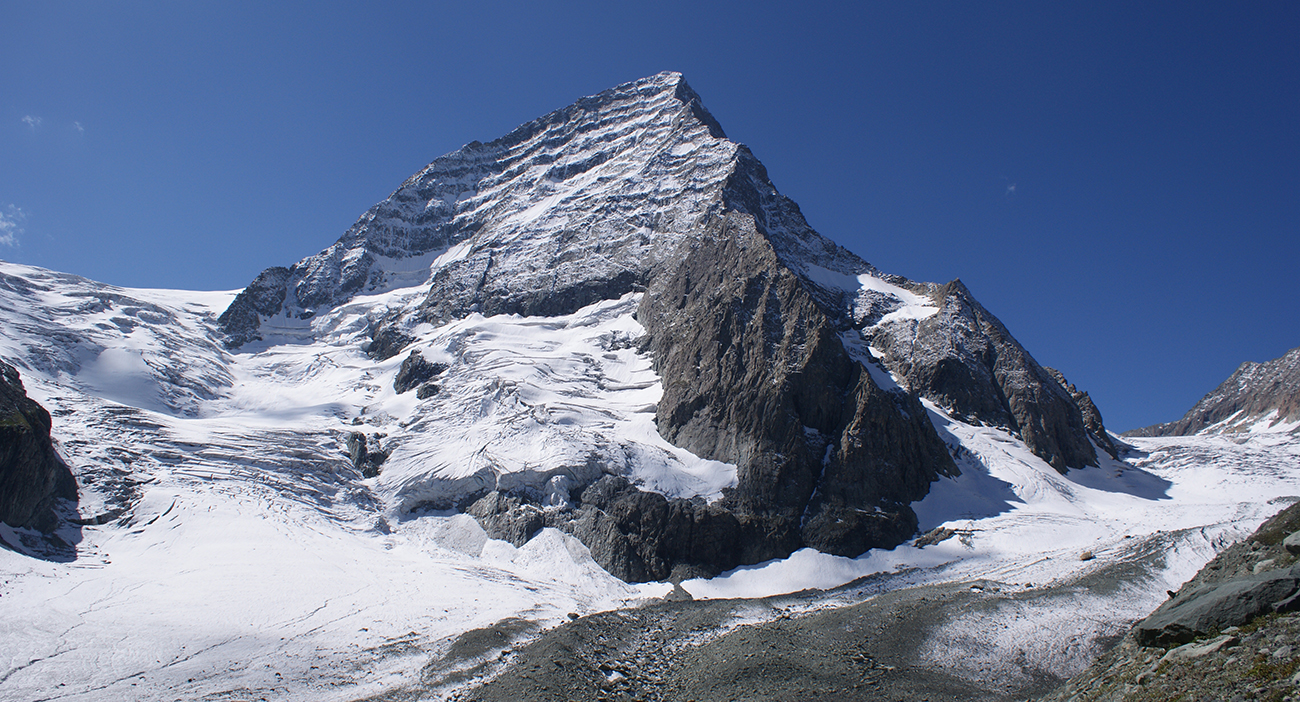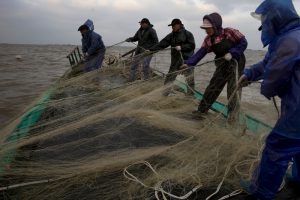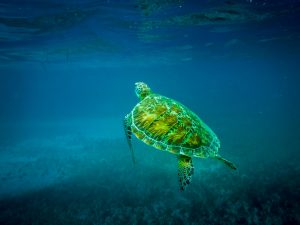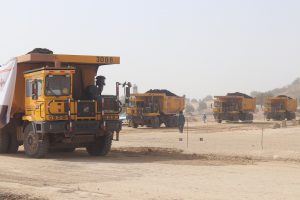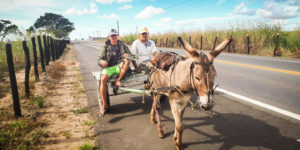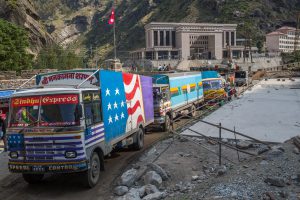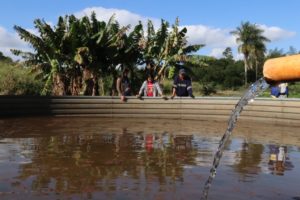Ed’s note: The Kolahoi glacier in India’s northern state of Jammu and Kashmir is disappearing at a growing pace, alarming researchers working at one of the few on-the-ground projects monitoring receding ice in the western Himalayas.
Himalayan glaciers – which feed the major rivers of Asia – are the fastest shrinking in the word, but conditions among them vary considerably and rates of decline are often unknown.
One of the most affected basins will be the Indus – which the Kolahoi glacier feeds into – and which is shared by China, India, Pakistan and Afghanistan.
The Energy and Resources Institute (TERI) has been monitoring the Kolahoi glacier over the past decade and has found the glacier lost 18% of its ice volume between 1990-2018 – and the rate of loss is increasing rapidly.
Piercing the blue sky at an elevation of 5,425 metres, Mount Kolahoi harbours one of the important glaciated zones of Western Himalaya.
Kolahoi glacier sits about 35 kilometres upstream from Pahalgam, at the head of the West Lidder Valley in Kashmir. Known locally as the ‘Goddess of Light’, the glacier boosts the rural economy and tourist industry. It is the major source of the Lidder River, which flows into the Jhelum, a tributary of the Indus.
The famed fertility of the Kashmir Valley owes a lot to the meltwater of the Kolahoi glacier, which provides water for the cultivation of cereal crops, fruits, saffron and apples.
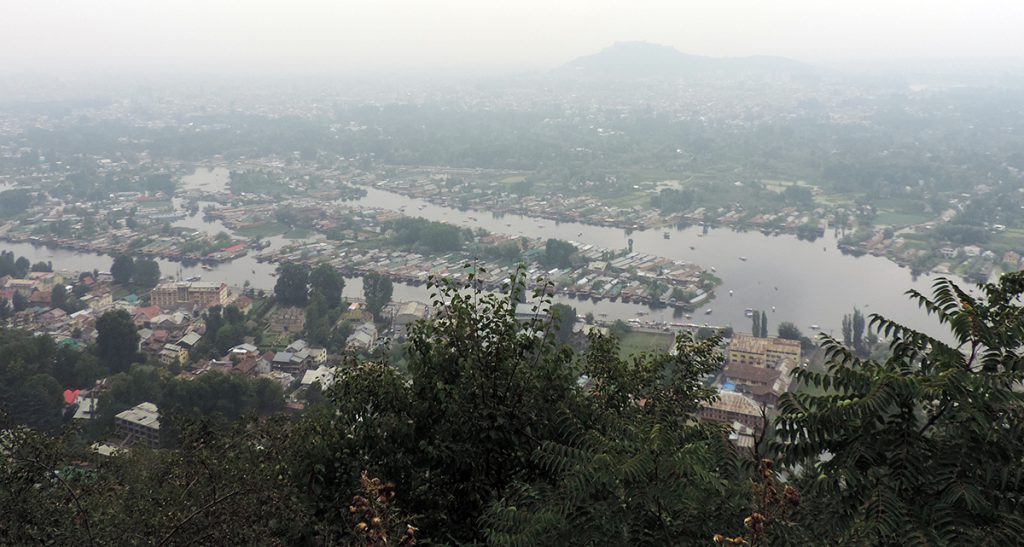
But now the Kolahoi glacier is shrinking rapidly because of rising average temperatures and lack of snowfall due to climate change, rampant deforestation and the growth of human activity near the glacier.
Another tipping point is the timing of snowfall, which is slowly shifting to the late winter months. Snow falling in the late winter does not settle and melts away quickly as the days get warmer.
The research
A team of scientists from TERI has been collecting data since 2008 when they installed an Automatic Weather Station at an elevation of 3,925 metres at the Kolahoi Glacier Monitoring Observatory.
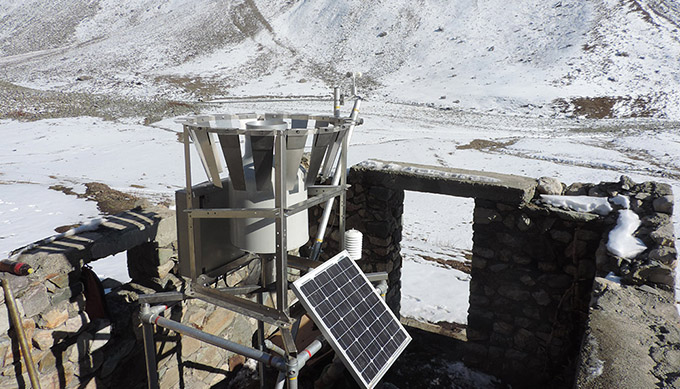
The primary goal of the project is to understand how downstream communities depend on the glacier for their livelihoods and the contribution of the glacier melt to the river flow. The team monitors water levels at the Lidderwat Discharge Station, located on the West Lidder River, and regularly measures the snow density of the glacier.
The measurements show that the Kolahoi glacier has begun to melt inconsistently. As a result, the Lidder River is losing its equilibrium.
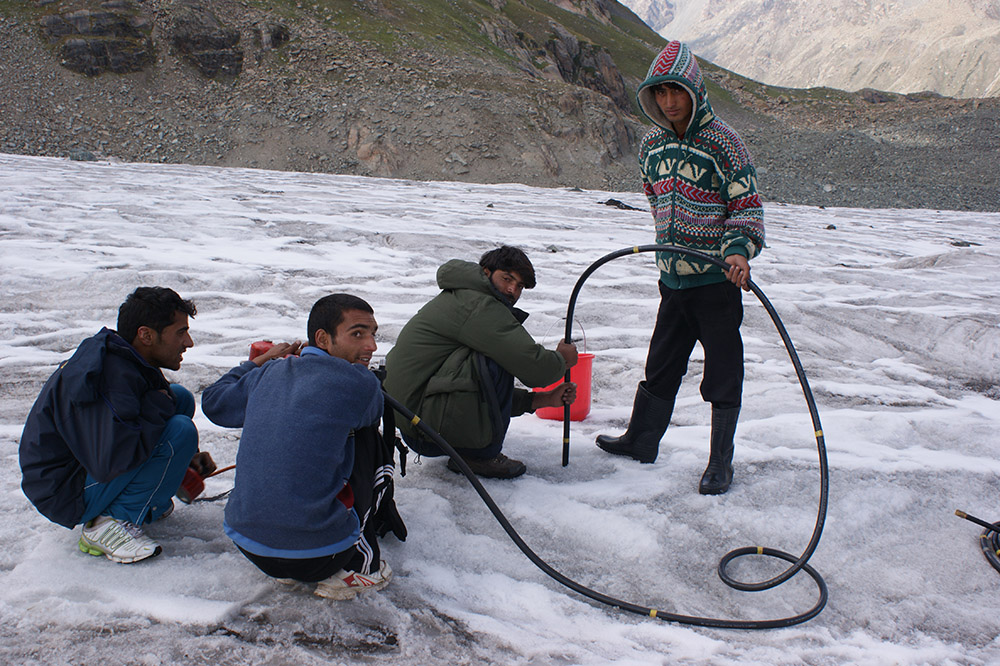
The scientists have been measuring the mass balance of the glacier – how much snow and ice it accumulates and how much it loses. Corroborated by satellite data, the measurements on the ground show an incremental pace of melting.
To make matters worse, the team found that the glacier has turned from white to brown and grey, now covered with large crevasses, debris from adjacent mountains. This hastens melting, because darker colours absorb more heat from the sun.

Shresth Tayal, a fellow at TERI’s Centre for Himalayan Ecology, described the findings: “Glacier area change for Kolahoi was calculated from 1980 to 2015 using satellite images. It shows a decline in length by 10%, reduction of glacier boundary (aerial surface) by 13.5% and a loss in volume by 18%.”
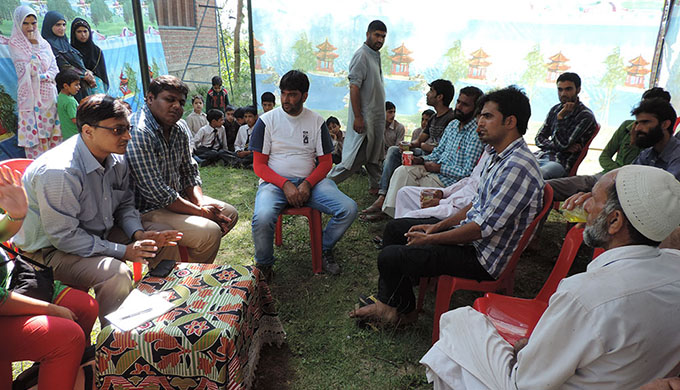
TERI’s analysis also indicates that the snow covered area of the Jhelum basin has shrunk by 7.4% since 2000. The glacier receded by about 1% of its length from 1980-90 and 1.1% from 1990-2000. However, over the next decade, the rate of retreat spiked to 5.4%. On a cumulative scale, the glacier is losing ice at an alarming rate.
What does this mean for people downstream?
Almost 50% of the snow covered area in the Jhelum basin disappears at the onset of summer, leaving the farming community short of water exactly when their crops need it. The glacier is the source of about 62% of the Lidder River. Apples and rice – two of the staple crops in the region – need regular watering, and the Kolahoi glacier has traditionally supplied most of the water.
The cultivation of saffron is another huge source of income in the area. But when snowfall is insufficient, the soil becomes too dry to sustain the saffron crop. As a result, the area under saffron cultivation has seen a sharp decline.

The Lidder Valley is also dotted with pastures. But the grass is drying due to lack of soil moisture and shepherds are being forced to look for pastures elsewhere.
“The faster melting of the glacier is permanently altering the fabric of an already fragile ecosystem, which is the key selling point of tourism in Kashmir,” said Tayal. “Without Kashmir’s natural beauty the local economy is going to dwindle altogether. Any change in length or volume of Kolahoi will directly affect the melt water which, in due course, hampers the long-term sustainability of livelihoods along the river.”
Together, tourism and agriculture generate about 95% of the household income in the Lidder Valley.
The effects of the glacier retreat are showing already. The population in the state of Jammu and Kashmir grew 24% in the first decade of this millennium, but the population of Anantnag district – through which the Lidder flows – dropped by 10% during the same period. Academics think this may be due to migration out of the area.
Mohammad Ashraf, a resident of Aru in the Lidder Valley who works for TERI, makes on average three trips to the glacier every month. “If the glacier melts quickly, our orchards and fields might bear the brunt of the floods,” he said. “On the other hand, apples lose their natural colour and flavour due to the lack of water at the time of harvest. The time to take action is now, before our Kolahoi turns into puddles.”
This is an edited version of a report and photo story first published on TERI’s website.
